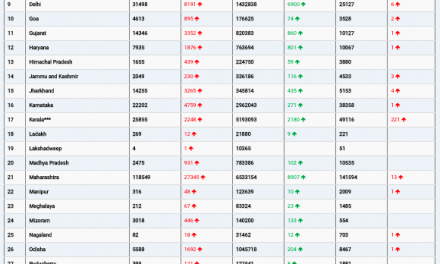March 12, 2024
New data published in JAMA Oncology suggests that regular magnetic resonance imaging (MRI) surveillance significantly lowers the risk of breast cancer mortality by 80% in women with BRCA1 sequence variations. However, the study found that the benefits of MRI surveillance did not extend to women with BRCA2 sequence variations.
Methodology and Findings
The study, led by Jan Lubinski from Pomeranian Medical University, Szczecin, Poland, analyzed data from 2004 women with BRCA1 variations and 484 with BRCA2 variations from 59 centers across 11 countries. Participants were evaluated for breast cancer mortality rates based on whether they received annual breast MRI screening as recommended by the National Comprehensive Cancer Network Clinical Practice Guidelines.
Of the participants, 70.6% underwent at least one screening MRI, while 29.4% did not. During a mean follow-up period of 9.2 years, there were 241 breast cancer cases and 14 breast cancer-related deaths among women who underwent MRI surveillance, compared to 103 breast cancer cases and 21 breast cancer-related deaths in those who did not.
The study found that MRI surveillance reduced the risk of breast cancer-related deaths by 80% among women with BRCA1 variations. However, there was no significant reduction in breast cancer mortality observed in women with BRCA2 variations who underwent MRI surveillance.
Implications and Recommendations
The findings underscore the importance of regular MRI surveillance in identifying and managing breast cancer risk among women with BRCA1 sequence variations. The 20-year cumulative risk for breast cancer mortality was significantly lower in women who underwent MRI surveillance compared to those who did not.
Experts suggest that these results should be immediately implemented to save lives by identifying BRCA1/2 carriers and encouraging regular MRI surveillance. However, longer follow-up periods are needed to determine the full extent of MRI surveillance benefits in BRCA2-positive women.
Limitations and Disclosures
The study’s short follow-up period of 9.2 years and the use of screening MRI exams spanning over two decades may limit the generalizability of the findings. Additionally, the study received support from various organizations, and authors reported financial relationships outside of this work.
In conclusion, the study highlights the significant impact of MRI surveillance in reducing breast cancer mortality among women with BRCA1 variations, emphasizing the importance of early detection and proactive management in high-risk populations.











